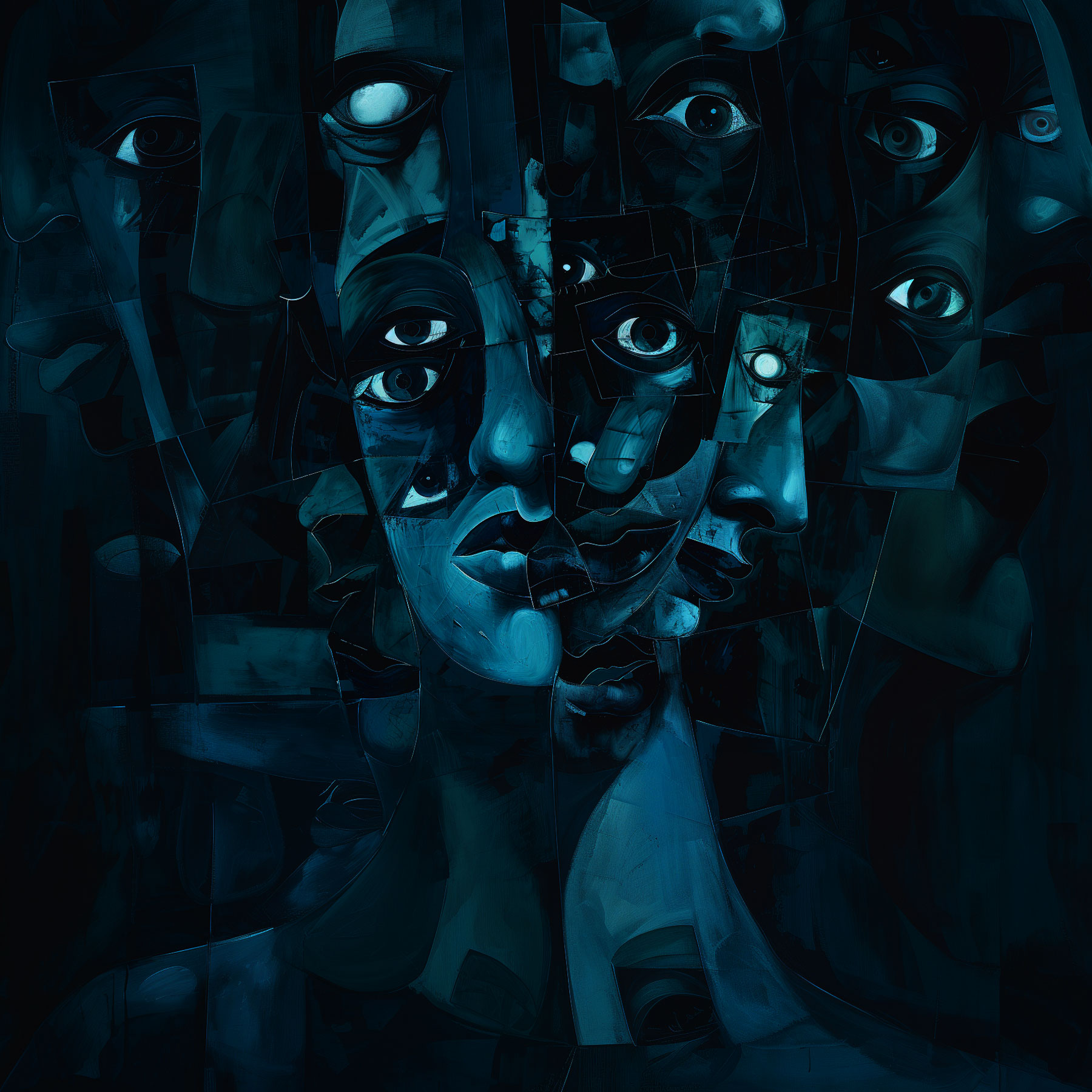
Explore our recent stories to see what drives us
Beth’s story: Living with migraine
Using AI to visualize the unseen


Hi Beth: Tell us about yourself.
My name is Beth Fischer. I am in my early 50s and live in the rural north of England. I like cycling and walking my dogs in the countryside. My biggest hobby is gardening. I find it very therapeutic and love seeing the garden evolve throughout the changing seasons.
What does a migraine feel like for you?
My whole experience with migraine feels very black and grey, but the actual pain itself feels like a red-hot poker. My migraine always starts in the middle of the night. It runs from the back of my head and into my right eye, and I can trace the pain down my right nostril across into my right ear. It is a very sharp, stabbing pain. It is hard to lie still when you have such severe pain in your head – but the more I move, the worse the pain becomes.
Severe pain can lead to nausea and vomiting. That creates more pressure on my head, which escalates the migraine. It is a vicious circle. At times, I even felt like I wanted to rip off the side of my head to get rid of the pain.

How did migraines impact your daily life?
On my wedding day, I had a severe migraine and thought I would not make it to the church. I have missed so many major events because of migraines – family celebrations, birthdays, and special moments for my daughters. I could not cycle for a long time either because it seemed to trigger migraines.
People who have never suffered a migraine often struggle to understand the severity of the pain or the impact on a person’s life. I was always worried about how I could keep working and be a reliable employee if I needed to take time off with migraines. Lack of sleep is also one of the worst effects of migraine. If you have not slept all night, it is really difficult to concentrate and focus.
Overall, I felt lonely and isolated. It was scary. I ended up suffering from depression because of my migraine. I needed to take anti-depressants because the impact on my life was so severe.

How was your migraine treatment journey?
At the beginning, I tried managing it with paracetamol and ibuprofen. I used to put bags of ice on my head and lie down in a dark room. During a company event, my manager had to help me walk back to my hotel from a restaurant in the evening because the pain was so severe. The hotel called a doctor and I received a very strong treatment. It worked but had considerable side effects. That was the moment when I started speaking to specialists about managing my migraines.
It took about fourteen years to move from diagnosis to finally finding a treatment that worked. It was such a relief getting back in control of my life. However, the process made me feel exhausted. The worst thought was that there was no cure and nothing I could do to stop the pain. I tried various drugs and had various side effects.
One drug I took, for example, gave me an incredibly dry mouth. My job involved presenting to doctors and hospitals, but I was often unable to formulate words or sentences because my mouth was so dry. It was embarrassing. I went through all the available options – from beta blockers to steroid injections in the back of my head.

How have you learned to manage this condition?
Today, I understand that I cannot stop migraines but I can recognise triggering factors like stress, anxiety or certain foods in my diet, as well as menopause. But it is not possible to remove all those triggers from my life all the time – like sitting in front of a computer for eight hours a day.
Everyone has a different experience with migraine. It is quite unique to each individual. Often, you just go back and forth until you finally find the right treatment for your specific needs.
Really, you just have to carry on with life and learn to manage the migraines. Not long ago I had five migraines in seven days. My family are all aware of my condition and my husband is very supportive. Several times, he has driven hundreds of miles to collect me because I was in too much pain to drive home. Support from my family and colleagues is wonderful, but I do sometimes feel like a burden. That is the hardest thing for me.
How can patient organisations help people manage their migraines?
Patient organisations are enormously valuable for raising awareness about this condition. The power of awareness and the power of the patient voice should not be underestimated – because they can drive positive change by helping to reform the health service and accommodate migraine sufferers. They can also raise awareness among industries and companies, so patients feel better understood by their employer. That would make a huge difference.
What does it mean to work for a company with the vision of a World Free of Pain?
It is important to see the work that goes on behind the scenes to raise awareness and make sure patients get access to medications that work for them. I am really proud to work for Grünenthal.
Background
Migraine is a significant global health issue, affecting over a billion individuals worldwide1 and accounting for almost 90% of the burden of headache disorders2. It is more prevalent in women, occurring two to three times more often than in men3. The World Health Organization (WHO) acknowledges that headache disorders are commonly undervalued and lack sufficient recognition and treatment worldwide4.
Migraine disease is a complex neurological condition. The frequency and severity of attacks, as well as the specific symptoms, vary significantly from person to person.